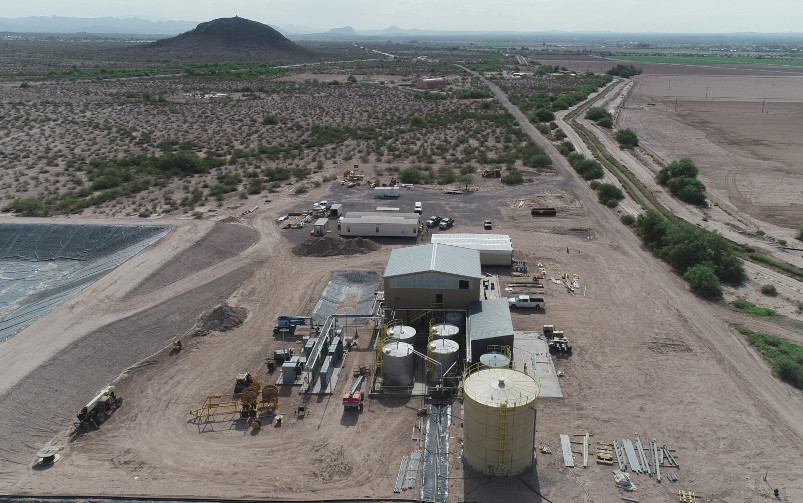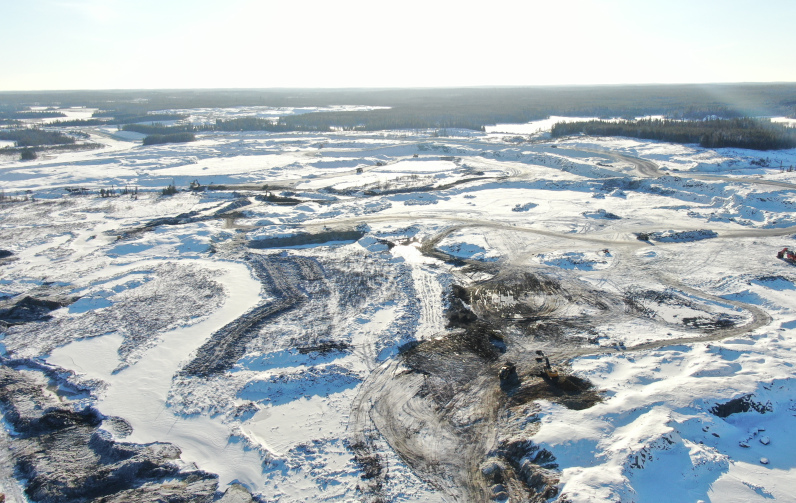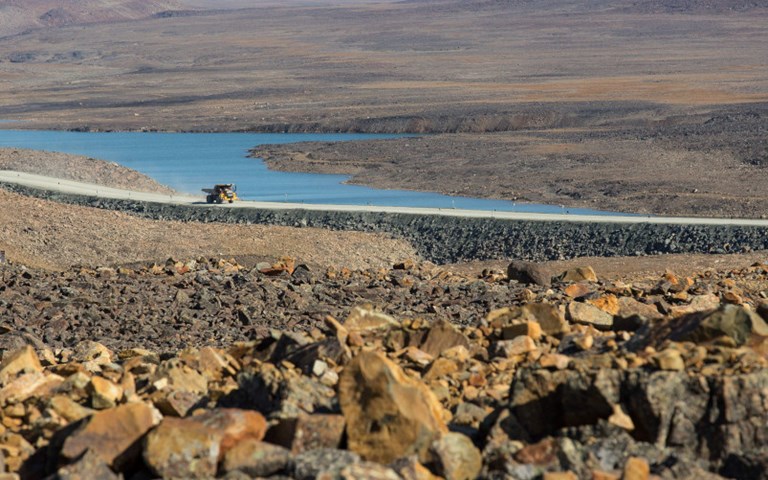Production was suspended at Glencore's Raglan nickel mine after 630 union members went on strike. Courtesy of Glencore.
Welcome back to your weekly mining news recap, where we catch you up on some of the news you may have missed. This week’s headlines include Baffinland being denied its shipping limit increase by the federal government, new analysis on metals short squeezes and technological advances on gold recovery from waste.
Gold Fields announced this week it will be acquiring Yamana Gold in a deal valued at US$6.7 billion, which would position the South African miner as the fourth largest gold major globally. Gold Fields has expressed its interest in the purchase is due to Yamana’s portfolio of assets in the Americas being complementary to its own. Yamana has justified the move by finding value in the shared ownership.
The U.S. Securities and Exchange Commission (SEC) has proposed rules that would require U.S.-listed companies account for their total life cycle greenhouse gas emissions, including emissions generated by product use, as reported by The Canadian Press. If adopted, the rules would affect over 230 U.S. listed Canadian companies including a number of oil and gas producers whose current commitment to net-zero carbon emissions do not currently include those generated by end users of their products.
Production was suspended at Glencore’s Raglan nickel and copper mine in Quebec following 630 union workers going on strike last Friday over mediated wage negotiations, as reported by Mining Weekly. Points of conflict include a growing presence of non-union subcontractors at the fly-in/fly-out mine, work schedule, as well as vacation time and working conditions.
After Nunavut-based Baffinland requested an emergency increase in its shipping limit for 2022 last week, federal northern affairs minister Daniel Vandal denied the grant despite the company warning it would have to lay off 1,300 workers if he did, as reported by Nunatsiaq News. Vandal cited the importance of the review process and the lack of support from local Inuit as the reasons for his decision and has said a meeting will be arranged with his staff to address concerns from both sides.
Bank of America Global Research published its analysis on metal-short-squeeze risks, citing on-warrant metal inventories and net non-commercial positions as its leading contributing factors for above-ground metals supplies, as reported by Mining.com. The analysts expressed concerns over the current state of the market, which could lead to a higher frequency of short squeezes, such as the recent squeeze of nickel prices on the LME, when stocks are low.
Trigon Metals has been working on reviving the Kombat mine in Namibia, which was idle for over ten years. The open-pit portion started production last October, followed by a refurbishment of the equipment. Once the water has been pumped out of the underground mine and phase two is completed, the mine is expected to expand its production, currently estimated at eight million pounds of copper concentrate for this year, to more than 30 million pounds in 2024.
Korean researchers have developed a process allowing the recovery of gold from waste and precious metals scraps with 99.9 per cent efficiency, the highest rate achieved globally up until now, as reported by Mining.com. A paper published in the Chemical Engineering Journal details how the results were achieved by creating a capsule-type material in which a polymeric shell surrounds a multi-layered internal structure, trapping gold ions inside the capsule for recovery.
The relationship between the mining industry and Indigenous relationships has a fraught history in Canada, but it is on the right path. According to Michael McPhie and Christy Smith, co-authors of Weaving Two Worlds: Economic Reconciliation Between Indigenous Peoples, economic reconciliation is all about acknowledging a harmful past and taking concrete action to change today’s behaviours. Key tools to achieving it involve critical self-reflection, education and entering agreements attained through trust and harm-free engagement, among other aspects.
Canada’s mining, quarrying and oil and gas extraction sector grew by 1.4 per cent in March according to Statistics Canada, with metal ore mining increasing by 4.4 percent, as reported by Kitco News. Non-metallic mineral mining and quarrying, in turn, was down 1.7 per cent as potash mining contributed the most to the subcategory’s decline. Domestic oil and gas extraction rose by 1.7 per cent, with oil sands specifically growing by 2.3 per cent during the month.
Nova Scotia has developed a draft list of critical minerals identified to address the transition away from carbon-based energy, as reported by the Halifax Examiner. The province’s Department of Natural Resources and Renewables has put cobalt, copper, gallium, germanium, graphite, indium, lithium, manganese, niobium, rare earth elements (REE), tantalum, tin, tungsten, and zinc on the list. Gold, the only metal being mined in the province, is excluded and a finalized version is expected by September of this year.
That’s all for this week. If you’ve got feedback, you can always reach us at editor@cim.org. If you’ve got something to add, why not join the conversation on our Facebook, Twitter, LinkedIn or Instagram pages?




